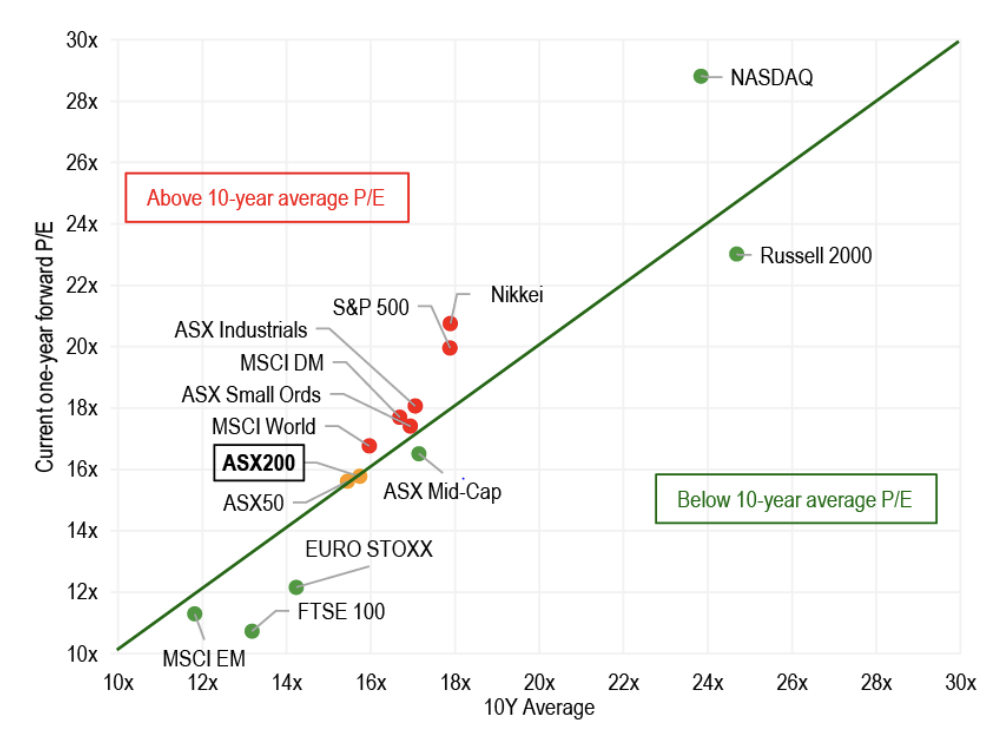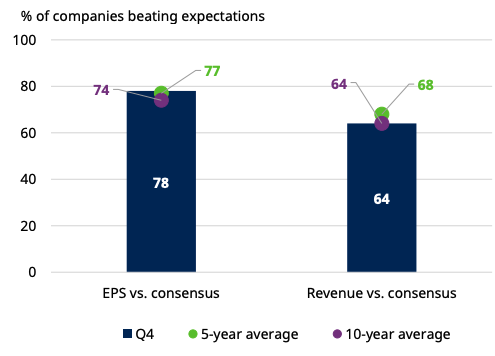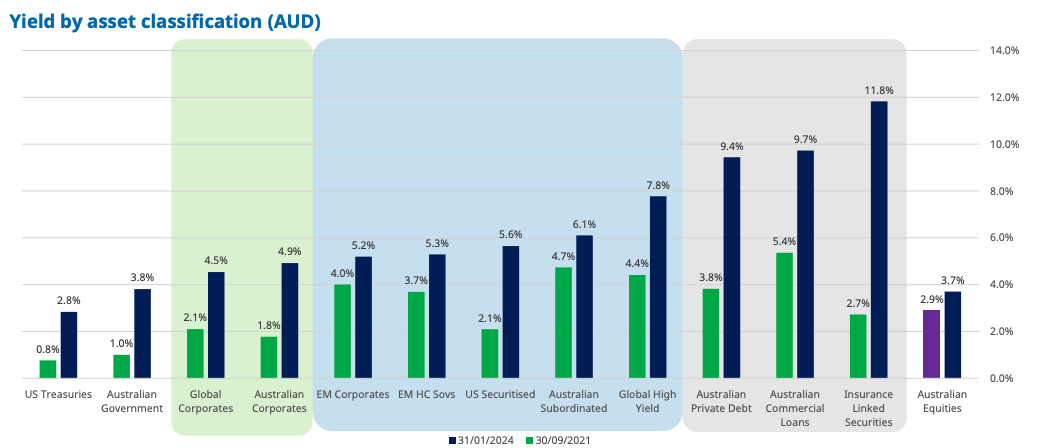Schroders: Lithium and rare earths stocks are now attractive (even if they aren't cheap)
There has been bubble talk in stock markets forever. Just think of all the bubbles in the Australian stock market alone since COVID. First, it was buy-now-pay-later, then it was a bubble in IPO activity, and then it was the huge run-up in various commodities stocks (lithium, coal, and uranium, to name a few).
All of these bubbles have burst - especially in the commodities space, which is always at the mercy of its underlying price.
But one investor trashing a once-hot commodity price and its related stocks is another investor's treasure. A perfect case in point? Schroders believes that while lithium stocks might not be deep value, they are attractive given the recent sell-off.
In this wire, we'll discuss where the Schroders team sees opportunities - even in a global cross-asset market where valuation bubbles are occurring everywhere. The insights are drawn from its recent webinar entitled Red hot or red herring? – a reference to whether stock markets are rallying on fundamentals or misleading indicators.
The State of America's Union
Speaking of bubbles, the latest one - many investors would argue - is the one that exists in the US equity market, and specifically the Magnificent Seven. And why wouldn't they?
Conlon, a self-labelled cynic, argues there are "bubble-like" conditions in many assets but especially the US equity market. He supports his view with a chart, arguing that the perceived growth of the mega-cap tech oligopoly is the biggest fuel to its valuation - and therefore, the whole market's valuation.

But Conlon's colleague, Schroders Australia's head of multi-asset Sebastian Mullins, partially disagrees.
"Our view is that the US looks expensive but it’s not a screaming sell. Calling the US a bubble is premature even though there is a risk of a pullback," Mullins says.
He adds that many of these firms are benefitting from rising interest rates.
"In
the US, 35% of tech companies earn more interest on their cash holdings than they pay out in debt
repayments," he says.
Mullins backs his view up by looking at the most recent earnings from stateside firms. Six of the Magnificent Seven beat analysts' earnings expectations - and the rest of the market continues to remain resilient as well.

Whose view will be proven right? It's likely that only time - and the timing of rate cuts - will tell.
Don't blame it on the consumer - or the supermarkets
Here at home, consumers, higher costs, and China all weighed heavy on the minds of equity investors over the past few weeks. For Conlon, it is consumer resilience that may prove to be the real wild card over the next few months.
"Even though some company profit results were down, no one is hurting that much. The ‘mortgage cliff’ that people warned off 12 months ago, however, is biting, as the Commonwealth Bank (ASX: CBA) result showed," Conlon argues.
"People can tighten their belts in the short term but not forever. It’s notable that Woolworths (ASX: WOW) said shoppers are buying cheaper brands."
Easing inflation and higher wages will also now make margin accretion more difficult - as will the chance for companies to pass on those higher costs to consumers. But whatever you do, as easy as it sounds, Conlon says you shouldn't blame it on the supermarkets.
"Supermarkets are not the epicentre of the cost-of-living problem. Housing affordability is," Conlon argues. "Australia has used population growth to cover its economic failings on incentives and productivity growth. That’s caught up with housing."
A word on M&A
Reporting season was also marked by several surprise deals. Chief among them, Japanese firm Renesas Electronics has made a bid to buy the ASX-listed Altium (ASX: ALU) for $68.50 a share. The deal caught the market off-guard - and caused most major analysts to revise their price targets for the stock. And with good reason.
"The Japanese buyer is paying 20 times sales and 100 times earnings. Those prices are insane. The ability to derive a reasonable return after paying those multiples is just not there," Conlon says.
"My advice would be never put too much in store when companies buy other ones. Their timing is usually awful.
That’s why 85% of M&A destroys value. Companies tend to buy when prices are high and sell when they are
low."
Other announcements, like those from building firms CSR (ASX: CSR) and Boral (ASX: BLD), in his view, are proof that anyone who's buying may not get it for a bargain price.
The best opportunities on the ASX
Commodities - beyond iron ore - were called out as a particular area of interest by Conlon.
"In our view, many stocks related to lithium, nickel and rare earths have been oversold and look attractive. BHP (ASX: BHP) and Rio Tinto (ASX: RIO) have held up because their business models are dominated by iron ore," Conlon says.
But just because lithium stocks are attractive does not mean they are cheap - and again, holding this view comes down to whether you have an optimistic or cynical view of how companies invest and prepare for future earnings.
"Our view is that lithium’s mid-cycle price is about US$1,100. That price will allow most companies to make reasonable money. But many lithium stocks such as Pilbara Minerals (ASX: PLS) haven’t fallen that much. ‘Future-facing metals’ are still benefiting from a view that their future will be amazing. Many of these stocks are still not cheap," he adds.
In the US, Mullins calls out the other non-Mag7 constituents of the S&P 500.
"As the US economy picks up, the other 493 stocks in the S&P 500 might be better investments because their valuations are fairer," Mullins says.
Outside of equities, Mullins calls out the bond market - which has re-rated dramatically in recent weeks, caused by a shift in central bank speak around rate cuts.
"Pricing is more reasonable. Only three rate cuts are priced into US bonds and just one reduction in Australia. Given we think US economic growth will reaccelerate, even three rate cuts might be too many. Thus we are neutral duration," he says.
"Where we see the opportunity is credit, especially in Australia where credit spreads are attractive. Australian
high-yielding credit offers a healthy return for the added risk, as do insurance-linked securities and floating rate private debt."
A chart to leave you with: The yields available in non-stock investments



5 topics
9 stocks mentioned
2 funds mentioned
3 contributors mentioned

